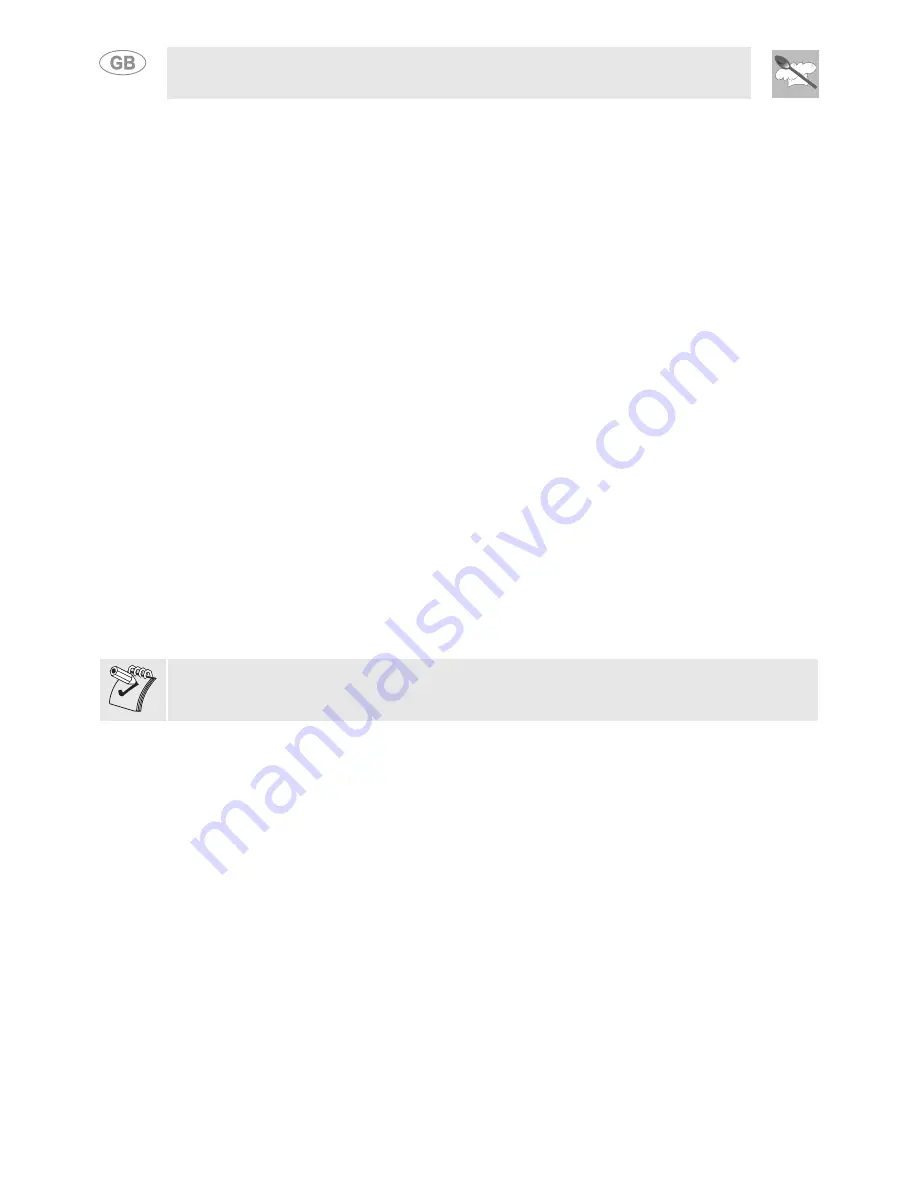
Instructions for the User
32
7. FREEZING FOODS
To keep and freeze foods properly, you are advised to pack fruit and vegetables in portions of no more
than 1 kg and meat and fish in portions of up to 2 kg. Smaller food packages freeze more quickly which
means that the foods' nutritional and taste properties are preserved better, including after defrosting and
preparation. Only use suitable freezer bags, tinfoil, cling-film for use with food, and freezer containers.
Do not use paper bags, cellophane bags for non-food use and shopping bags or pre-used freezer bags.
Package foods in hermetically sealed packages, attempting to ensure that all air is expelled. If using
bags, close them with suitable elastic bands or wire ties. Always allow hot foods to cool down at room
temperature before putting them in the freezer and ensure that foods which are already frozen do not
come into contact with fresh foods for freezing. Always write the date of freezing, the quantity and
product on the package, and make sure that foods are fresh and whole. The maximum quantity of fresh
foods which can be frozen within a 24-hour period is indicated on the nameplate. Do not exceed the
quantity specified: this can have a negative effect on the efficiency of the freezer and the capacity to
preserve the deep-frozen foods which are already in it.
Foods must be fresh, ripe and of good quality. Fresh fruit and vegetables must be frozen immediately
after picking, where possible, in order to maintain their nutrients, shape, texture, colour and flavour.
It is advisable to hang meat and game for a sufficient period before freezing it.
Consume defrosted or partially defrosted foods immediately. Do not refreeze them unless the defrosted
food is for use in preparing a ready meal. Once cooked, the defrosted food can be refrozen.
Do not refreeze partially defrosted foods; these must be consumed within 24 hours.
Keep temperature variations to a minimum.
Respect the expiry date on food packaging.
7.1 Keeping deep-frozen foods
When buying deep-frozen foods, always make sure that the packaging is not damaged, the expiry date of
the product is not past and the thermometer of the freezer in which the food is displayed for sale does not
indicate a temperature above –18°C. Also note the manufacturer's instructions regarding temperature,
period for which the food can be kept and consumption methods. You are also advised to protect the foods
you have bought with suitable insulated containers during transport to avoid defrosting. A temperature
increase may reduce the period for which the food can be kept and affect the quality of it.
Do not buy deep-frozen products covered in large amounts of frost: they may have already defrosted.
Important
To find out how long fresh frozen foods can be kept, see the table below. All the figures given
refer to the product operating without eutectic salts, excluding temperature adjustment time.




































